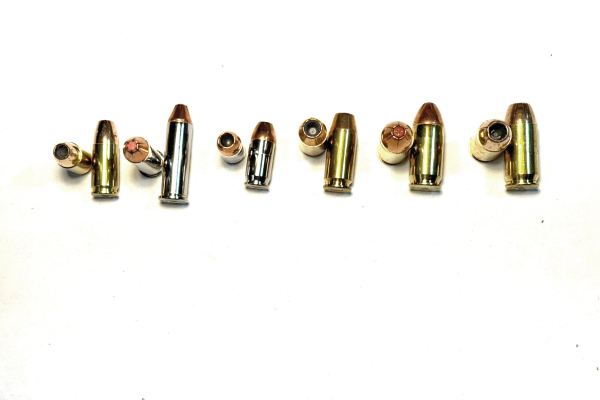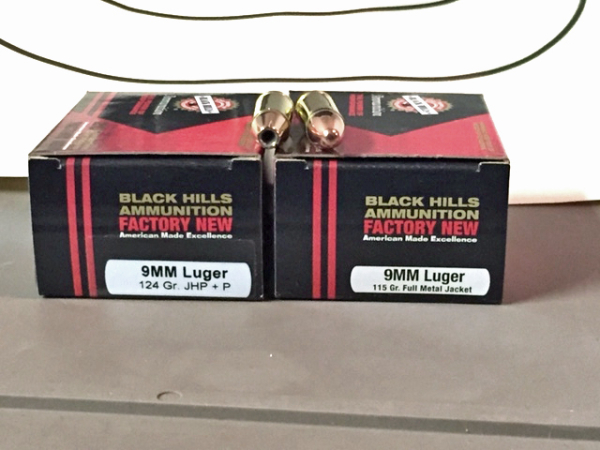People want to believe in “handgun stopping power.” In my day, before “magic bullets,” it was summarized by either velocity or bullet mass (projectile weight and diameter). When both velocity and mass were hot-rodded simultaneously, there were some spectacular results.
There were simultaneously “failures to stop.”

So how do we determine “the best (cartridge, caliber, brand)” to carry for personal protection?
I’m a reductionist and I don’t recommend you follow my lead. I don’t have the answer.
I don’t even have all the questions.
What affects handgun effectiveness operationally? There are a range of variables. We can be gear-centric and examine the caliber, projectile, velocity, its relative penetration in consistent media. We call the results “predictive” and scratch our collective heads when there’s a street “failure.”
Then we examine environmental concerns, not the least of which is the object of our lethal attention. Aside from barrier issues – clothing, armor and intervening barriers – we go to the issue of the attacker’s state of mind.
Since he’s attacking, that should be easy enough, but is it?
It’s one thing if your quarry is a high-level robbery crew, different if it’s a “cos-playing” confused clown out to murder the unaware, unprepared population in a public place.
The crew is not simply aware of potential resistance but is prepared to meet and overcome that resistance. The mindset is not one of power over others, but the presumption that this thing can go sideways and the only thing preventing another stretch in the joint or a “last walk” in a death house is determined aggression.
Stopping one is not like stopping the other. As it’s been said, “the other side gets a vote.”
The variables thus far are classically complex, unpredictable, and not solved by gear. And that’s only a thumbnail.
The picture missed thus far includes the distance from muzzle to target, the orientation of the target relative to the muzzle (and this can significantly change in less than .2 second), other people around who are absolute “no-shoots --” some of whom inadvertently become temporary intervening barriers by wandering in front of the muzzle … the list goes on.
Going to solve any of these with an equipment solution?

Having chatted with people from gunfight veteran Jim Cirillo to vets of the Global War on Terror, I’ve been able to reach a few conclusions.
One is that predicting the outcome of a fight based on the headstamp of a cartridge, the engineering of a projectile, barrel length and the like is a bit of a silly exercise. Looking at what you can control, things you can prepare for, is better done.
Do you know what to avoid? Can you read the body language of preattack behaviors? Can you talk your way out? Can you move?
What skills do you have – and what skills do you need – with regards to employing deadly force?
Darryl Bolke described revolvers as “deliberate guns:” you have to get the problem solved with the ammo that’s in the gun.
I suggest that all defensive handguns are “deliberate guns” and that each single round could well be the fight-stopping round. That depends less on caliber-bullet weight-projectile type, and more on precise placement of the round in the target.
I tell you this as a recovering “caliber commando.” It doesn’t matter. Nearly any handgun can help solve the problem of lethal combat in the right hands.
Make sure yours are the right hands.
— Rich Grassi